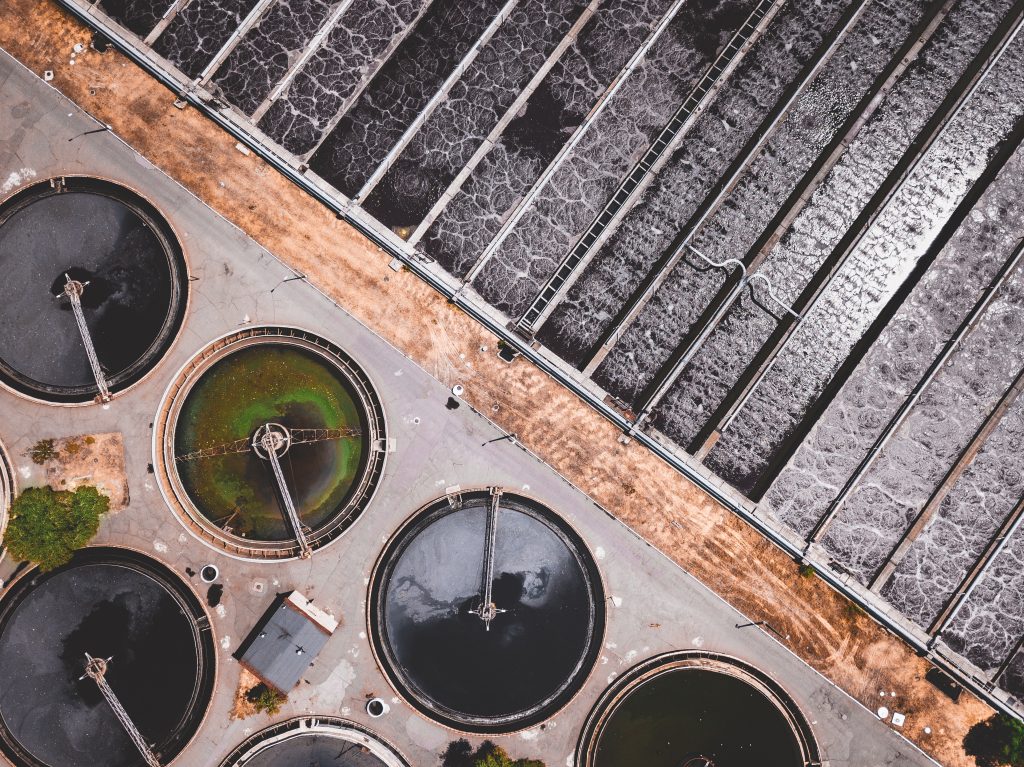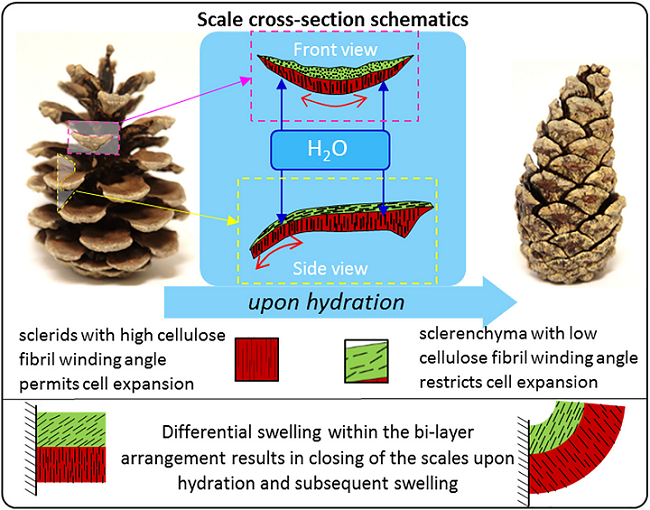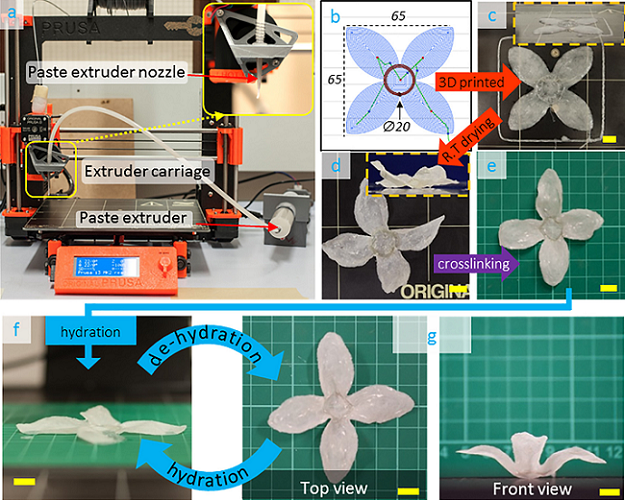How 3D Printing Is Increasing Access to Clean Water
The introduction of 3D printing has transformed the manufacturing process, and, by extension, the water industry. These changes are easier to understand within the context of the manufacturing process itself, and the ways in which printing technologies have adapted traditional methods of production.
Additive manufacturing has a range of benefits for both efficiency and flexibility. With access to a 3D printer, a manufacturer can produce a part in a shorter span of time, with lower costs and less waste. They also have the capacity to print parts with complex geometry to enhance strength and safety.
Naturally, the implications for additive manufacturing are immense. This article seeks to explore those implications, examining the value of 3D printing for the purification, desalination, and distribution of water in countries around the world. Consider the three examples below.
1. The Naked Filter
The advantages of addit ive manufacturing have allowed for a variety of new and novel technologies. Liquidity Nanotech launched what they called the “Naked Filter.” It’s similar to a standard portable water bottle in many ways, with the exception of its innovative filtration system.
ive manufacturing have allowed for a variety of new and novel technologies. Liquidity Nanotech launched what they called the “Naked Filter.” It’s similar to a standard portable water bottle in many ways, with the exception of its innovative filtration system.
The filter relies on a nano-fiber membrane made possible through an electro-spinning 3D printing technology. It’s a unique process that involves a liquid polymer and a controlled amount of voltage, creating a filter which is 80% to 90% porous. A traditional filter is approximately 20% porous.
2. HWT System
Emma Emanuelsson, from the University of Bath, designed a water purification device she developed with 3D printing technology. The household water treatment system has taken inspiration from the Solar Disinfection, or SODIS, bottle, which stores water as the sun heats it to a safe temperature.
Emanuelsson has drawn on that concept for her device, a black plastic bin with multiple channels across its surface. As water courses through those channels, the sun heats it and kills pathogens, effectively purifying the water. It’s yet another example of the potential of 3D printing.
3. 3D Printed Turbines
 The U.S. Department of Energy and GE have partnered in a program to innovate desalination technology. GE plans to employ 3D printed turbines to form a “hyper-cooling loop” through the compressed combination of air, salt and water. Upon freezing, the salt separates from the ice.
The U.S. Department of Energy and GE have partnered in a program to innovate desalination technology. GE plans to employ 3D printed turbines to form a “hyper-cooling loop” through the compressed combination of air, salt and water. Upon freezing, the salt separates from the ice.
Given the severity of water scarcity in developing countries, the large-scale efforts of GE and the DOE will prove critical. As context, less than 1% of water on the Earth is unpolluted, potable and fit for consumption. The integration of 3D printed turbines may help to address this global issue.
Moving Toward the Future
The introduction of 3D printing has enabled the development of impressive technologies which have changed the water industry. The Naked Filter, HWT system and 3D printed turbines are only several examples among many others. As we move through 2019 into the next decade, it’s safe to speculate that innovators will continue to explore the capacity of 3D printers to incredible effect.
More than this, the widespread distribution and adoption of the technologies above will support the demands of a growing population. With the power of additive manufacturing — and the sustained effort of scientists and engineers — we’ll have the means to provide clean drinking water for disadvantaged groups of people around the world.
Additive manufacturing stakeholders unite under GKN Aersopace £32M technology center
UK Researchers Develop Responsive Cellulose-Based Ink for 4D Printing
We’ve seen the results of 3D printing research about responsive materials, but what about with 4D printing, where 3D printed objects can move and change shape of their own volition? A collaborative team of researchers from the University of Bristol and the University of Bath recently developed a responsive ink for 4D printing that’s both cost-effective and sustainable – important features for the adoption of 4D printing. The ink’s hydrogel matrix has a high total cellulose content, and a good dispersion of cellulose fibers as well.
 The team discussed the development of their new composite ink in a paper, titled “Responsive cellulose-hydrogel composite ink for 4D printing,” that was recently published in the Materials & Design journal.
The team discussed the development of their new composite ink in a paper, titled “Responsive cellulose-hydrogel composite ink for 4D printing,” that was recently published in the Materials & Design journal.
The abstract reads, “This paper focuses on the development of a cellulose-hydrogel composite ink for additive manufacture, presenting the development and physical characterisation (stability, swelling potential and rheology) of the cellulose-hydrogel composite to establish its suitability for 4D printing of responsive structures. The use of a carboxymethyl cellulose (CMC) hydrocolloid with incorporated cellulose pulp fibres resulted in an ink with a high total cellulose content (fibre volume fraction ≈50% for the dehydrated composite) and good dispersion of fibres within the hydrogel matrix. The The composite ink formulation developed in this study permitted smooth extrusion using an open source 3D printer to achieve controlled material placement in 3D space while retaining the functionality of the cellulose. The addition of montmorillonite clay not only resulted in enhanced storage stability of the composite ink formulations but also had a beneficial effect on the extrusion characteristics. The ability to precisely apply the ink via 3D printing was demonstrated through fabrication of a complex structure capable of morphing according to pre-determined design rules in response to hydration/dehydration.”
There are existing examples of 4D structures, or 3D structures that can morph over time, in nature, such as a pinecone’s ability to attract and hold water molecules from the surrounding environment. In order to realize this kind of responsive system following the design principles of nature, there are two requirements: a compliant stimuli responsive material, and a process that allows for the controlled placement of this material in order to achieve the response. Cellulose, which is the most abundant bio-macromolecule found in nature, is such a compliant stimuli-responsive material.
“Introduction of water to cellulose can result in plasticisation of the amorphous regions by weakening or relaxing hydrogen bonding through formation of competitive hydrogen bonds,” the researchers explained. “These intercalating water molecules result in swelling throughout the material, which can be used to drive the reversible actuation of specific architectures created by these materials.”
 To achieve this second requirement of a responsive system, 3D printing can be used. The technology offers plenty of control over placing materials in space, which makes it possible to design hybrid structures with “the hierarchical structural complexity characteristic of functional biological systems.”
To achieve this second requirement of a responsive system, 3D printing can be used. The technology offers plenty of control over placing materials in space, which makes it possible to design hybrid structures with “the hierarchical structural complexity characteristic of functional biological systems.”
Unfortunately, cellulose is not compatible in its natural form with most 3D printing methods. So, in order for 4D printing to continue advancing, we need to develop more stimuli responsive, 3D printable smart materials.
“To address this, this paper focuses on the development of a cost-effective, compliant “ink” material that can enable 3D printing of stimuli responsive complex forms to create programmable 4D structures. Moreover, the cellulosic ink will be specifically tailored for 3D printing using low-cost, open-source 3D printers ensuring the cellulosic composites thus fabricated are able to be further developed and extensively adopted in 4D printing research,” the researchers wrote.
“In this work, we have developed a stimuli responsive cellulosic pulp-hydrogel composite ink that is cost effective and bio-degradable. This composite ink is formulated for 3D printing and the stability, rheology and swelling potential of the ink has been characterised. A functional complex shape was fabricated using 3D printing to achieve precise material placement of the cellulosic ink, and the actuation via exposure to water demonstrated the ability to use this ink to produce 4D structures capable of programmable transformation.”
For their study, the team used sodium carboxymethyl cellulose (CMC-Na/CMC), a biocompatible, cellulose-derived polymer with great self-healing properties that’s often used as a thickening agent in the food and drug industry. Cotton derived pulp linters were used as a cellulosic fibre component, and the hydrogel was stabilized with clay. The resulting cellulose-hydrogel composites were able to be manually extruded through a syringe, and the team investigated the swelling response of the formulations, in addition to its rheological behavior.
Then, a custom off-axis direct driven paste extruder was integrated with a Prusa i3 MK2 3D printer, and the team validated the 3D printing capabilities, and subsequent 4D morphing, of their cellulose formulations with a morphing petal architecture, which has a programmed ‘through-thickness strain mis-match,’ which drives transformations. The specimen dried at room temperature, which initiated its transformation, and was later rehydrated in a room temperature water bath; it switched back to its 3D configuration once dry.
This actuation between the flat and 3D configurations of the object can be repeated several times, which shows that the team’s new composite ink has shape memory behavior.
The researchers wrote, “The development of a compliant composite cellulosic hydrogel integrating a high proportion of cellulosic material allowed use of a standard 3D printer to control material placement without compromising the responsiveness of the cellulose to hydration.”
By using 3D printing, researchers can achieve greater material placement precision, along with more complex architectures and actuation pathways for 4D printing. Because 3D printing parameters and design choices can significantly impact a material’s morphing behavior, it’s important to have a comprehensive understanding of just how these things can occur.
“Presently, the authors are exploring and devising experimental procedures to determine the influence these parameters; this will be reported in a subsequent publication,” the researchers concluded.
Co-authors of the paper are Manu C. Mulakkal, Richard S. Trask, Valeska P. Ting, and Annela M. Seddon.
Discuss this research and other 3D printing topics at 3DPrintBoard.com or share your thoughts below.




